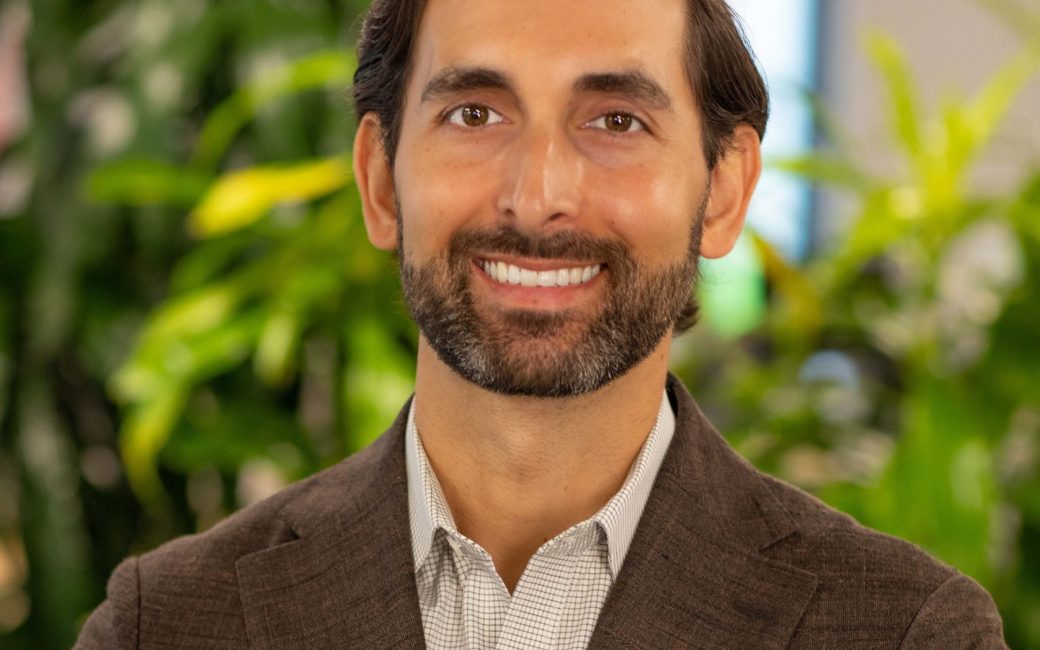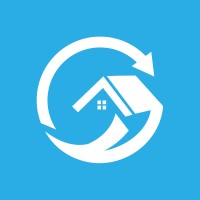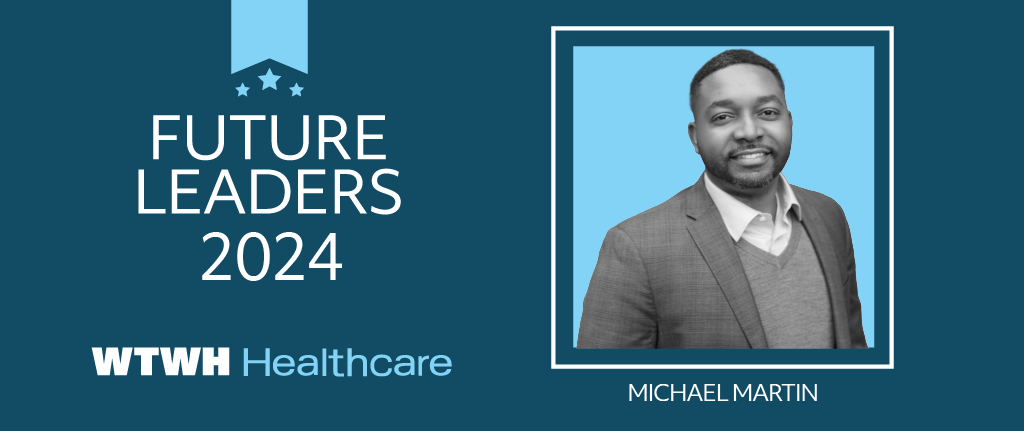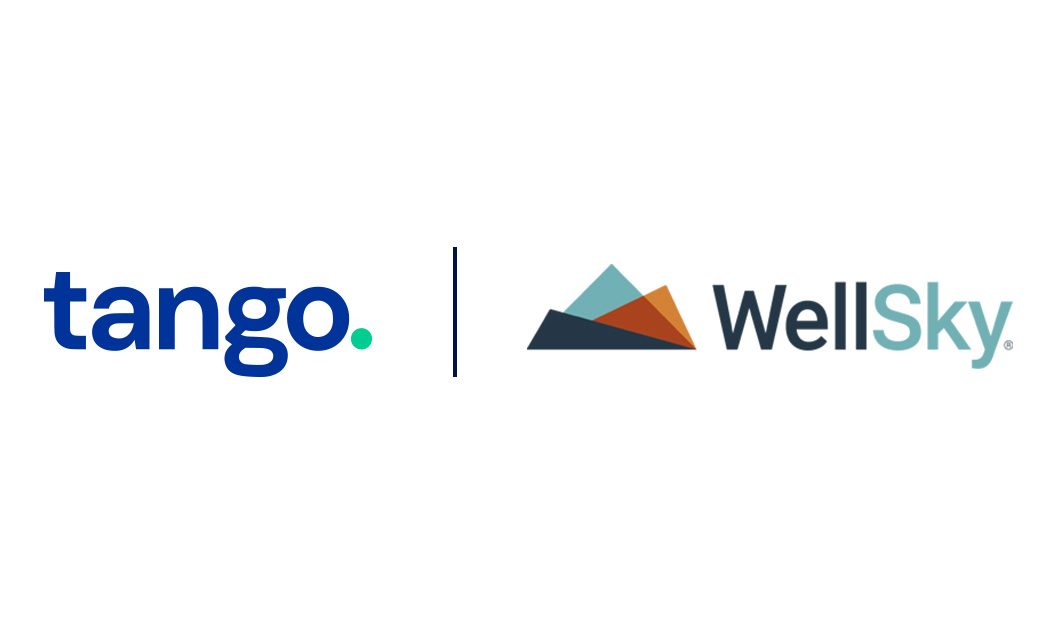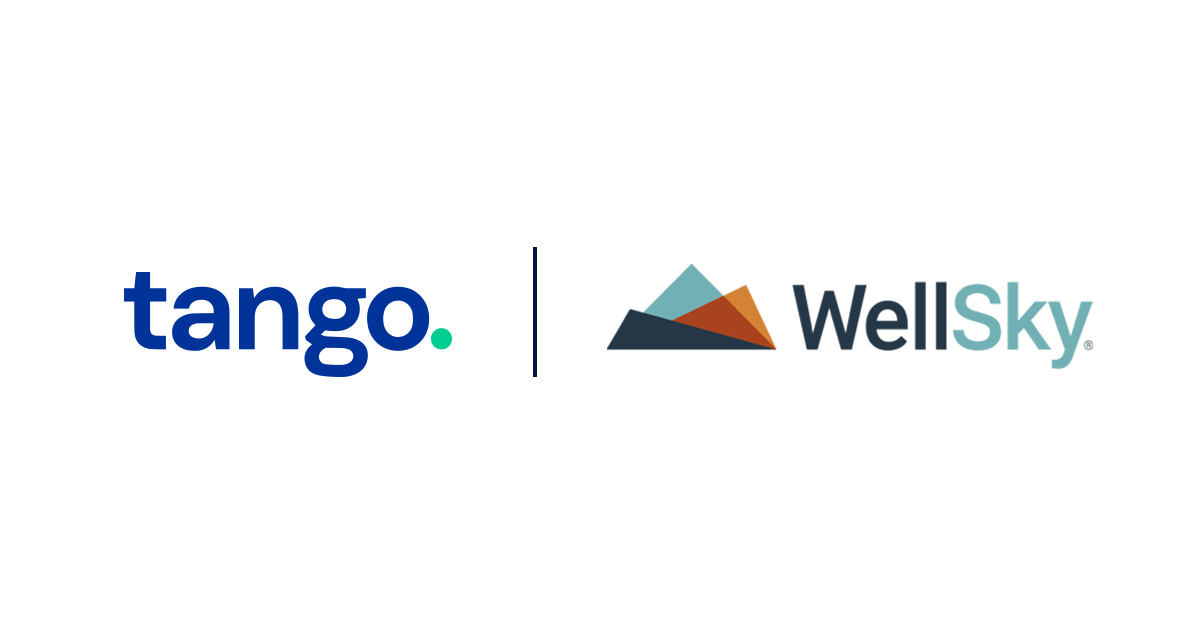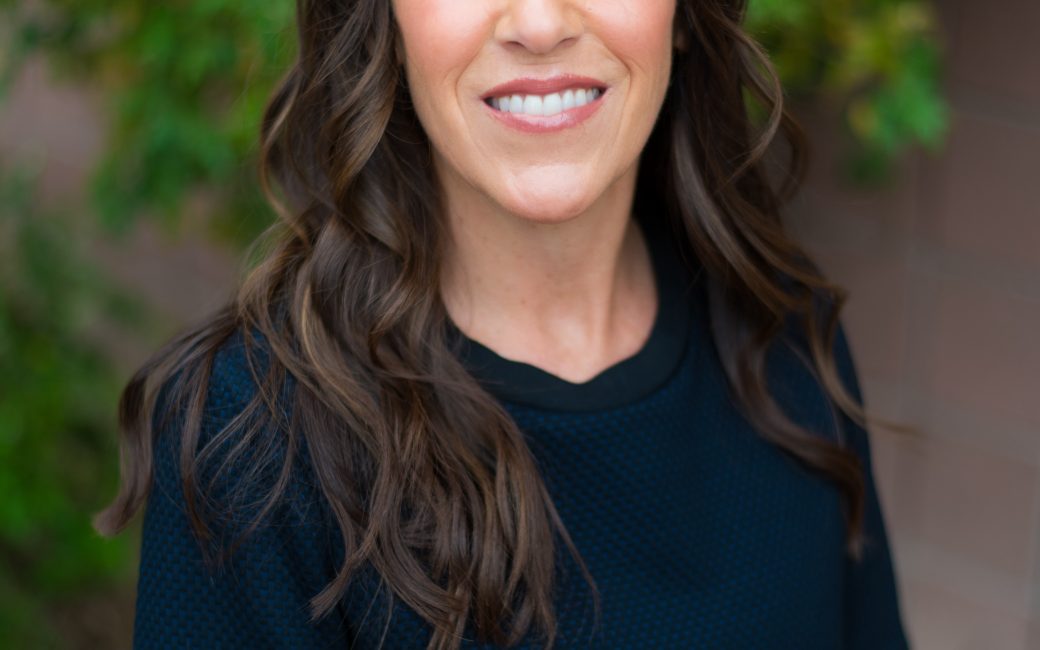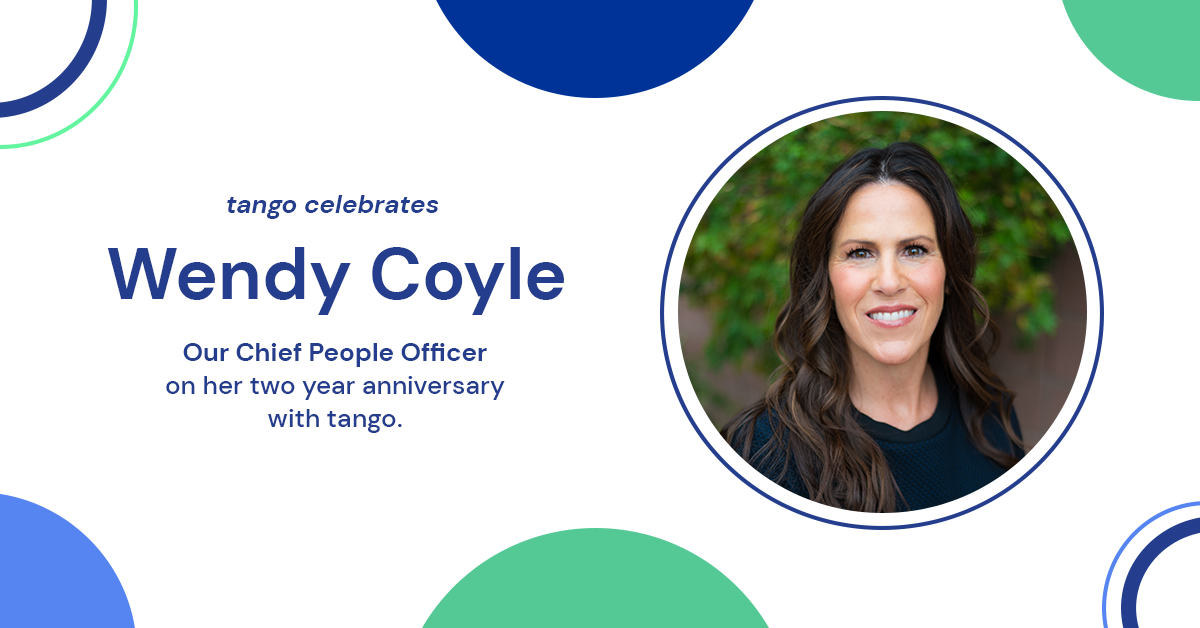Healthcare veteran David Wilkinson to join tango as Chief Financial Officer
PR Newswire | October 1, 2025
tango, a leader in post-acute care benefit enablement services, today announced the addition of David Wilkinson as Chief Financial Officer. Wilkinson will oversee tango’s financial operations and play a key role in supporting the company’s growth.
“David has a wealth of healthcare management and finance experience and is widely recognized for his contributions toward building value-based care companies,” tango CEO Brian Lobley said. “His knowledge in startup and growth-stage healthcare companies will add valuable experience and perspective as we continue to expand our services nationwide. We are thrilled to welcome David to our team.”
“One of the many things that sets tango apart in post-acute care is our ability to attract and retain top talent,” tango Board Chairman Nick Loporcaro said. “David knows how to match innovative approaches against high standards of care in an evolving healthcare landscape.”
tango works with national and regional health plans, including downstream at-risk entities that serve Medicare Advantage, Managed Medicaid and dual-eligible populations. As part of tango’s Midwest growth strategy, the company partnered with Pennsylvania-based Medicaid provider AmeriHealth Caritas earlier this year. The partnership will improve access to quality care and ease the post-acute transition process for thousands of Pennsylvania patients.
The Vistria Group, a middle market private investment firm that seeks to deliver both superior financial returns and meaningful impact, completed its investment in tango (formerly Professional Health Care Network) in March 2022. The partnership has allowed tango to grow its footprint and expand its strategic partnerships, platform capabilities and impact — often for patients dealing with highly complex medical needs.
“Post-acute and home-based care is an essential sector to improve healthcare outcomes across the U.S.,” Wilkinson said. “tango’s work elevating value-based care is setting a new standard in this space. We share the mission of serving some of our nation’s most vulnerable populations with compassion and dignity and I’m excited to join tango and support its next phase of growth.”
Wilkinson brings more than 15 years of experience in finance and healthcare management and most recently served as Chief Financial Officer of DispatchHealth, a leading provider of high-acuity, in-home medical care for people experiencing serious health concerns. At DispatchHealth, he played a key role in scaling the company’s core offerings and driving expansion into the Hospital at Home segment through the acquisition of Medically Home. This expansion enabled the company to help more patients avoid unnecessary emergency room visits, hospital readmissions, inpatient starts, and skilled nursing facility admissions.
He previously worked at Russell Street Ventures, where he helped grow Main Street Health, a value-based healthcare company serving rural Medicare patients, and CareBridge, a value-based healthcare company that supports Medicaid-eligible individuals receiving home and community-based services. Prior to these roles, he was part of the leadership team at Landmark Health, a value-based house call provider for chronically ill patients acquired by Optum in 2021.
Wilkinson earned his MBA in Healthcare Management from The Wharton School at the University of Pennsylvania.
He will succeed outgoing CFO Kirk Stanley following a structured transition period to ensure continuity. Stanley is a veteran of health plan operations, value-based care solutions, condition management and technology-enabled services and was instrumental in guiding tango through several phases of growth while maintaining high-quality care delivery amid the complexities of a highly regulated industry.
